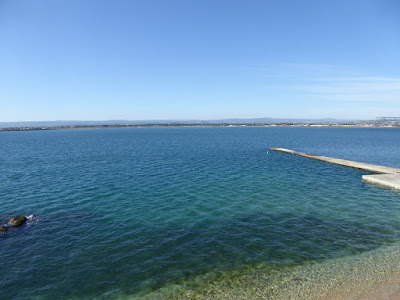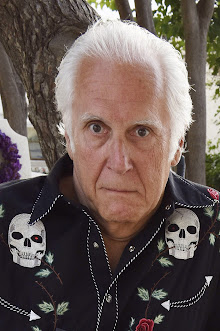I’ve been asked to do a weeklong residency of workshops at the Writers Center at Moniack Mhor in Inverness next year. We have two writers, a guest speaker, about twenty students with plenty of cake. And wine.
The
money is lovely, but it was the cake that sealed the deal.
My
fellow resident person, Michael Malone and I are discussing how we want to run
it. I’m happy to read things in advance, happy to do one-to-ones about pieces
of work.
I
have a few workshops up my sleeve; my favourite one is called - The Accountant.
To
cultivate a sense of mystery, I’m saying no more about that.
Someone
in our writers’ group sent their novel off to the association of people who
writes the genre she writes for a critique. It came back - Does not have
legs to carry the story, quite liked main character but nothing else.
That
person did not write for long time after that.
How
horrible.
I
think I’m going to start off my first talk with that story.
No
critique should ever do that. Surely the editor should have said ‘Story not
strong enough at the moment, but let’s think of ways to stick your main
character further up the tree that they are desperately trying to climb down.
How can we twist it. And twist it again. Get the pattern of the story more
complex. A single woman in pursuit a
single man? What’s the story?
How
do we make the story more engaging?
Apart
from The Accountant, I like to talk the attendees through the nuts and bolts of
writing. The Writer’s Tool Kit.
Plotting
is the logical sequencing of information. That’s a lot more simple than it
sounds.
I
use the word wombat a lot. A word that will only ever appear in print in the
last novel I write. I use it as a marker.
I don’t stop to look back. What was
their dog called? What colour was that car?
“Wombat the spaniel sat in the front seat of the green, 25 plate wombat,
his tongue lolling out the side of his mouth, looking like the idiot he was.”
At
the end, I just search and find wombats and put in the right word. Walter the
spaniel and it was a Dacia Duster.
All
hints and tips from the MIE squad gladly received, you’ll get a mention and a
picture of a bit of cake I will eat in your honour…
I’ll
also talk about keeping track of versions. I change font with each edit. Bookman Antiqua, the Tahoma then the final
draft is Times New Roman. Then I can tell what bits of the novel are at what
stage.
I
was looking up some literary trivia so I can name drop and sound as though I
know what I’m talking about.
Truman
Capote used 500 pencils very sharp pencils to write: a first draft on yellow
paper, the second on white, third on yellow.
Tennessee
Williams spoke out loud when he wrote. I live with somebody who does that and
it’s good that we have a big house.
Henry
Gibson always started writing at 4am, which suggests some circadian issues or adrenal
malfunction. Or a dog that always wanted out at that time. Curious.
Anthony
Trollop famously wrote seven pages of text per day. He’d end his session at the
bottom of page seven, even if it was in the middle of a……
He
claimed it made it easier to pick up the next day.
Georges
Simenon wrote – wait for it - 200 pages in 11 days. That sounds impressive but
how big was the paper and did he use 24-point font.
Isaac
Asimov famously could do fifty pages in a day; he typed at a phenomenal speed.
And this would be in the days of mechanical typewriters, clunking keys. Did he
have RSI and if not, what was his secret?
Alexander
Dumas could only sit down and write the book when the story was complete in his
head and The Clockwork Orange (the nickname for the Glasgow underground train system)
was written whilst Anthony Burgess was slightly inebriated. I have no idea if
that’s true but it’s a good story, and a good way to write a good story.
Ernest
Hemingway stopped writing for the day at the point where he felt he was writing
at the top of his game, so that the continuance the next day would also be at
the top of his game. I can recognise of I am writing smoothly and easily, but
it’s only when I look back that I get any sense of whether what I have on the
page is any good or not.
And
of course, Noel Coward read the obituary column and if he wasn’t in it, he
started to write.
Being
busy, I am a JK Chesterton writer. I call us Martini writers. Any time, any
place anywhere.

















































